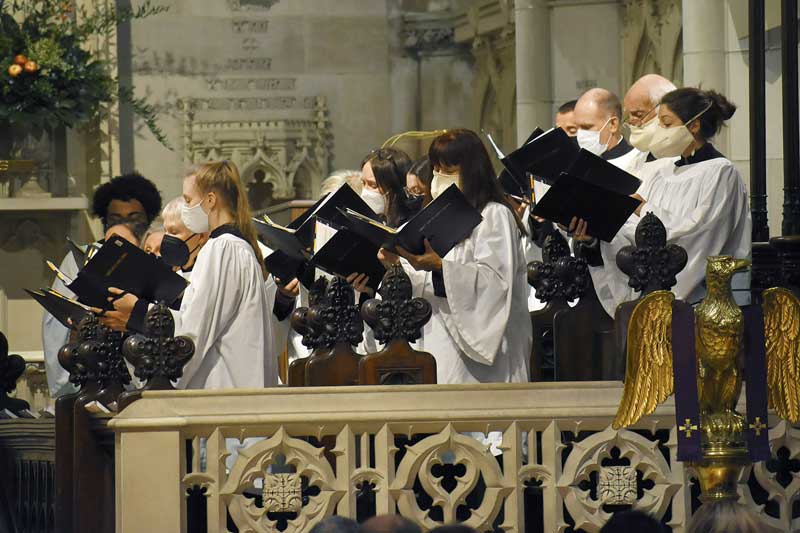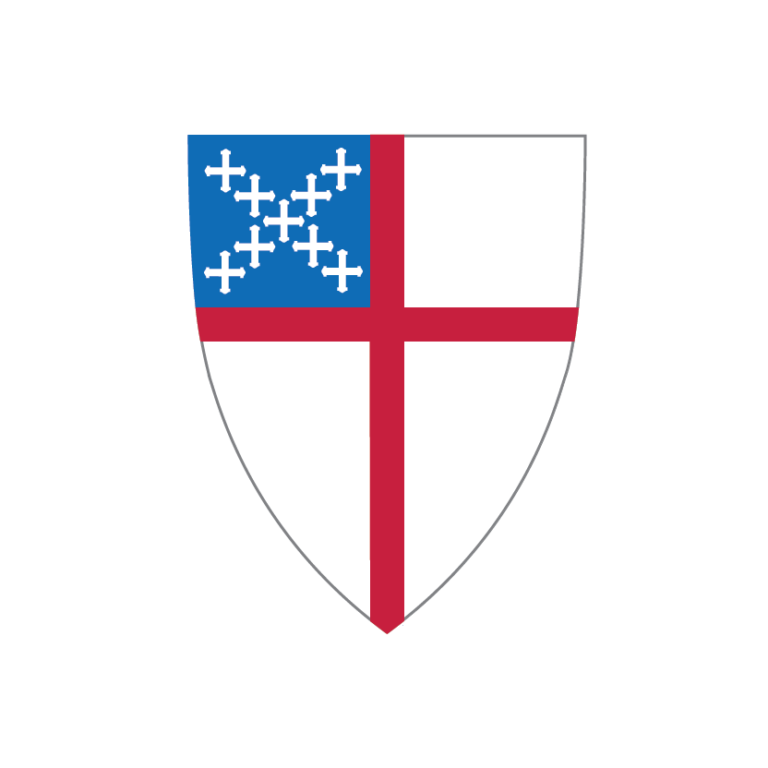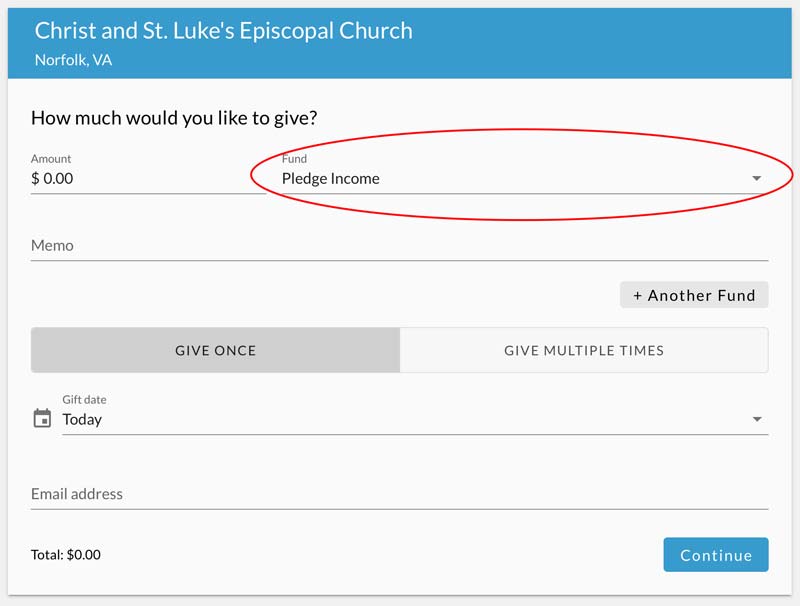You Belong
When we say, “You belong,” we mean that…regardless of your background, identity, or life journey. We warmly welcome all people to be a part of our faith community, and we want to walk with you whether you are a long-time Christian, new to the faith, or exploring faith for the first time.
Come enjoy the beautiful sacred space in this historic Norfolk church. Light a candle in the Chapel as you pray or just sit. Clergy and pastoral care providers are available to hear your confessions, pray with you, or simply listen.
Christ & St. Luke’s is indeed a place in which you will experience Jesus’ promise: “Come, find rest for your soul.”
Our mission is to be an open and engaged community that fosters reasoned Christianity within the Anglican tradition.
We will:
- provide caring hospitality
- intentional pastoral care
- strategic outreach
- inspiring preaching
- insightful teaching
- awe-inspiring liturgical and musical experiences that connect mind to heart and the Gospel to the world.
“When Anglicanism is at its best its liturgy, its poetry, its music and its life can create a world of wonder in which it is very easy to fall in love with God.”
Urban T. Holmes III, What Is Anglicanism?
FAQs
Important Health & Safety FAQs
In order to love one another well and protect each other from illness, we encourage all attendees to get vaccinated if possible. You are more than welcome to wear a mask as well (we have some available). Please contact the church office if you have additional health and safety questions.



